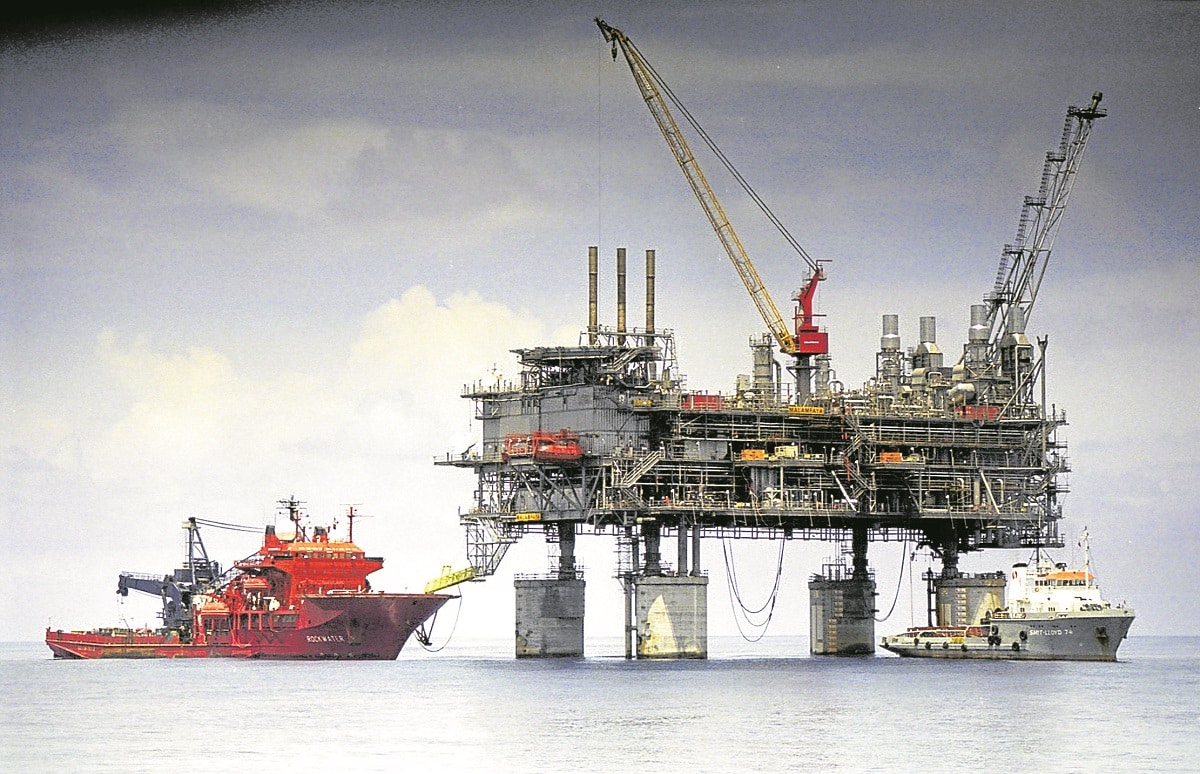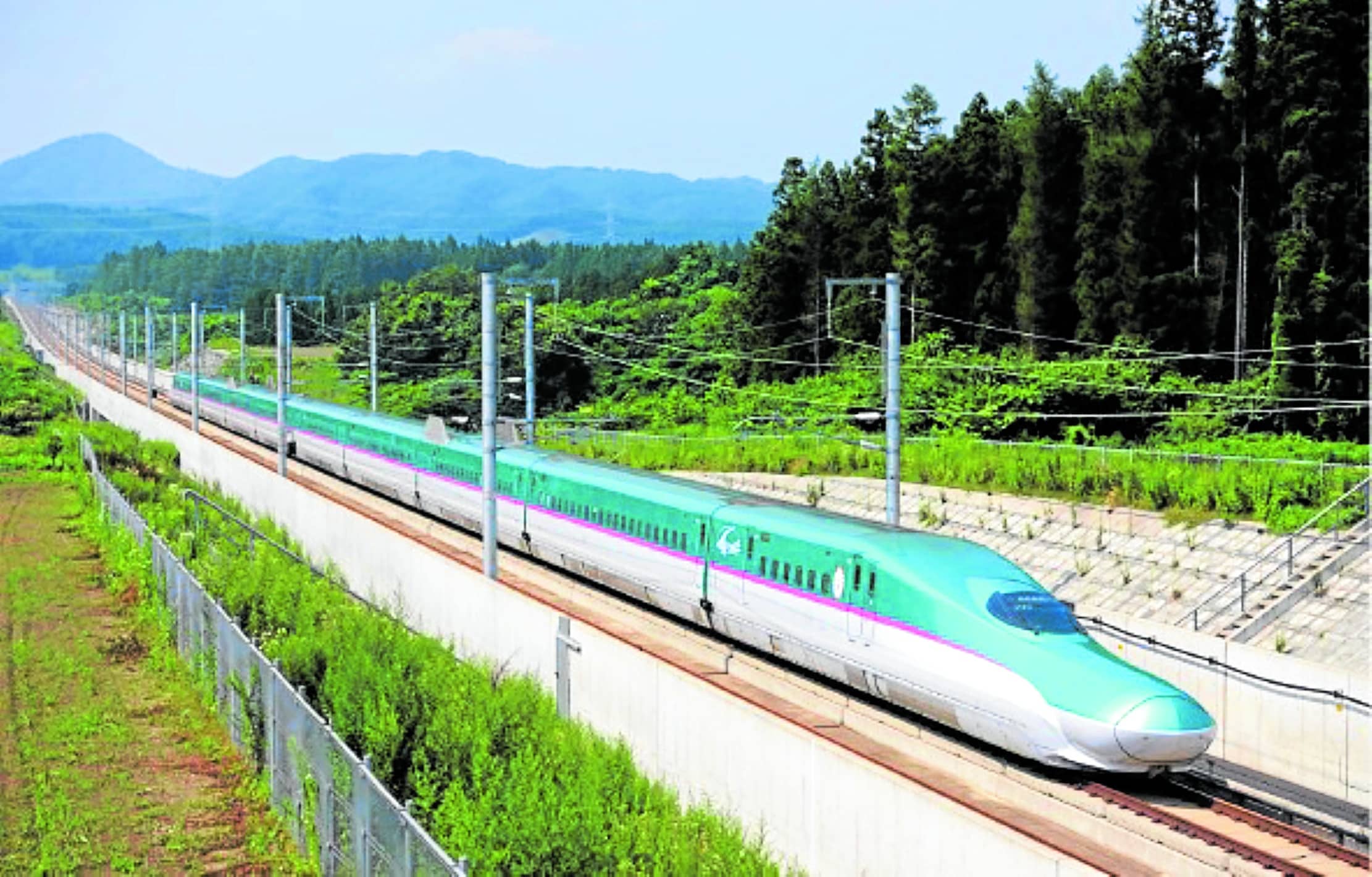inplay PH target: 30% renewables by 2030
Updated:2024-11-30 03:12 Views:106

LOOMING CRUNCH The Malampaya natural gas fields, which currently supply around 30 percent of Luzon’s energy consumption, are expected to be depleted by 2025 to 2027.
MANILA, Philippines — The seventh Sustainable Development Goal (SDG) in the United Nations (UN) 2030 Agenda is focused on providing affordable and clean energy for all people.
As the core of agriculture, business, communications, health care, education, transportation, and everything else in daily modern life, access to energy has become ever more critical. In the year 2021, over 91 percent of the global population had access to electricity, an increase from 87 percent in 2015.
Article continues after this advertisementUnfortunately, according to the UN, progress on SDG 7 is not fast enough to keep up with its targets. At the current global pace in prioritizing access to affordable energy, around 660 million people will still lack access to electricity and almost two billion people will still have to rely on polluting fuels and technologies for cooking by 2030.
FEATURED STORIES GLOBALNATION South Korea scrambles jets as Chinese, Russian warplanes approach GLOBALNATION Singapore hangs 4th person in three weeks GLOBALNATION Starbucks coffee and a glimpse of a North Korean mountain village PH: Slow progressThe Philippines is still falling behind in its affordable and clean energy targets, according to the UN’s 2024 Sustainable Development Report. The country continues to face several significant challenges across the board, and progress is mostly stagnating or increasing at less than 50 percent of the required rate.
Though the country is on track or maintaining SDG achievement concerning access to electricity, the other target indicators for SDG 7 are still facing significant to major challenges, and progress on renewable energy share in total final energy consumption is decreasing alongside other stagnant indicators.
Article continues after this advertisementAs of 2021, coal and oil, which are the biggest sources of energy in the Philippines, took up 31 percent and 30 percent of the total energy supply, respectively. The transport and residential sectors take up the largest portions of total final consumption at 31 and 29 percent, respectively.
Article continues after this advertisementThe country is also facing a mounting energy crisis, with the Malampaya natural gas fields, which currently supply around 30 percent of Luzon’s energy consumption, expected to be depleted by 2025 to 2027, according to the International Trade Administration.
Article continues after this advertisementIn an attempt to help combat the country’s high energy consumption and design a more sustainable energy blueprint for the future, the National Renewable Energy Board (NREB) introduced the National Renewable Energy Program (NREP) for 2020 to 2040, which builds on the NREP for 2011 to 2030.
The NREP 2020-2040 sets a target of at least 35 percent renewable energy (RE) share in the power generation mix by the year 2030, and growth to at least 50 percent by 2040. It aims to provide energy security (accelerating the exploration and development of RE resources), sustainable development (contributing to the SDG goals), climate change mitigation (reducing greenhouse gases and other harmful emissions), capability building (institutionalizing the development of capabilities in the use of RE systems), and inclusive growth (catalyzing solutions to cross-cutting social issues).
Article continues after this advertisementThe NREP also provides an RE power supply expansion plan via collaboration between the NREB and the Department of Energy.
The Philippine Energy Program 2020-2040, the second comprehensive energy blueprint supporting the government’s long-term 2040 vision, also reiterates the energy sector’s goal to attain a future with clean energy. Under this plan, the strategic focus areas include secure and cleaner energy, adaptive environments, stronger investments, resilient and secure energy infrastructure, strategic alliances with international communities, and strengthened partnerships with the attached agencies.


GREEN RIDE Japan’s Shinkansen trains will begin sourcing 10 percent of the electricity used for its operations from non-carbon emitting renewable energy sources by 2027—the first time the famed trains are to be powered by renewable energy. —Photo from the Government of Japan website
Japan’s exampleJapan, the Asian country with the highest ranking in the overall SDG Index Ranking, provides good examples of energy conservation and sustainability. Ranked 18th out of 166 countries, Japan is on track to meet three out of four of the SDG’s target indicators but still faces significant challenges with regard to renewable energy share in total final energy consumption.
The Energy Conservation Act in Japan, which was enacted in 1979, helps to promote the effective and rational use of energy in the country. Having undergone several revisions in light of natural crises, the act covers energy management in the industrial, commercial, residential, and transport sectors, as well as energy efficiency standards in appliances and vehicles.
In 2023, the act underwent an amendment that helped gear its direction more toward accomplishing SDG 7. Under this amendment, the definition of “energy”—which previously only referred to oil, natural gas, coal, heat (fossil-derived), and other sources of energy derived from these sources—was expanded to include all forms of non-fossil energy.
It also required large-scale energy consumers to submit regular reports on non-fossil energy usage, as well as mid-to long-term plans for non-fossil energy transition by the target year 2030.
The Japan International Cooperation Agency (Jica) also launched its Green Power Island Program in 2021, following the end of the Hybrid Island Program. The program aims to accelerate the process of integrating renewable energy, reinforce the capacity of local electric utilities, introduce power system stabilization measures, and promote private investment.
The new program builds on its predecessor by utilizing renewable energies, storage batteries, and other facilities to achieve the optimal operation of power supplies and maintain stability and economic viability. The Hybrid Island Program, which ran from 2016 to 2021, sought to create a framework that allowed hybrid power generation systems to be maintained and managed within countries or regions through the development of solar, hydro, and other renewable power generation facilities—a system now carried over to the Green Power Island Program.
Japan has also incorporated renewable energy solutions into technologies and systems applicable to its peoples’ daily lives. In 2023, the West Japan Railway Co., or JR West, announced that it would switch 10 percent of the electricity used for its Shinkansen operations to non-carbon emitting renewable energy sources by the year 2027.
This move falls in line to reduce carbon emissions in Japan by 2050 and would mark the first time that Shinkansen trains in Japan are to be powered by renewable energy.
South Korea on trackThe second highest-ranking Asian country on the SDG Index, South Korea has made significant strides toward accomplishing SDG 7. Though major challenges remain relating to renewable energy share in total final energy consumption, South Korea has achieved and maintained most of SDG 7’s targets and remains on track overall. As of 2024, South Korea ranks 33rd out of 166 in the UN Sustainable Development Report.
South Korea has also set a target of reaching carbon neutrality by 2050. While its energy sector is dominated by a strong dependence on fossil fuels and energy imports as well as a high share of coal-fired power generation for industrial energy, the country hopes to evolve by substantially increasing the share of renewable energy sources, gradually phasing out coal, and significantly improving energy efficiency through technological innovation and digitalization.
As of 2022, oil and coal make up the largest sources of energy in Korea, at 36 percent and 26 percent of the country’s total energy supply, respectively. Coal also accounts for the largest source of energy generation in Korea as of 2022, making up 33 percent of the country’s total generation.
In 2019, South Korea launched its Third Energy Master Plan, the country’s top-level energy policy overlooking mid-to-long-term energy policies and goals for the next 20 years. Its main objective was to reduce the country’s total energy consumption by around 14 percent by the year 2030, coinciding with the SDGs’ target year. Beyond that, the master plan also aimed to reduce energy consumption by 17.2 percent by 2035 and 18.6 percent by 2040, below the projected business-as-usual level.
In 2020, South Korea introduced the Korean New Deal, which planned to invest around $144 billion in creating 1,901,000 jobs by the year 2025 and transform the country’s economy into a greener, more digitized and sustainable one. Among its main policies was the Green New Deal, which placed emphasis on renewable energy, green infrastructure, and innovation in the green industrial sector, and accelerating the country’s transition toward a low-carbon eco-friendly economy.
Under this deal, around 73.4 trillion won, with 42.7 trillion won from the treasury, would be invested for green infrastructure, renewable energy, and fostering the green industry by 2025. The green car subsidy program also offered up to $17 million for subsidies to people purchasing electric cars in 2021, as well as up to $33.5 million for hydrogen fuel-cell electric vehicles.
Subscribe to our daily newsletter
Sources: doe.gov.ph, trade.gov, iea.hboards.sdgindex.org, cdn.climatepolicyradar.org, undp,org, iea.org, English.moef.go.krinplay, jica.go.jp, youtube.com, jaif.or.jp, asiaeec-col.eecj.or.jp, meti.go.jp, climate-laws.org, un.org, sdg.neda.gov.ph
READ NEXT 13 undocumented Chinese found in vessel off Bataan Concern as climate talks stall on fossil fuels pledge EDITORS' PICK PBA: Meralco rallies from 23 down to beat Phoenix Artist Maria Angelica Tan explores what it means to be a Chinese Filipina in an ever-growing world PhilHealth to cover basic oral healthcare services Marcos says he ordered impeachment moves vs VP Sara Duterte stopped House: We never had impeachment move vs VP Duterte on our agenda Mass deportations: LA reaffirms support for undocumented immigrants MOST READ Comelec junks plea of 18 nuisance bets, one of them to seek SC's help South Korea scrambles jets as Chinese, Russian warplanes approach BIZ BUZZ: Power couple’s Polo Club bid foiled Taguba says he never changed tune on Paolo Duterte Follow @FMangosingINQ on Twitter --> View comments